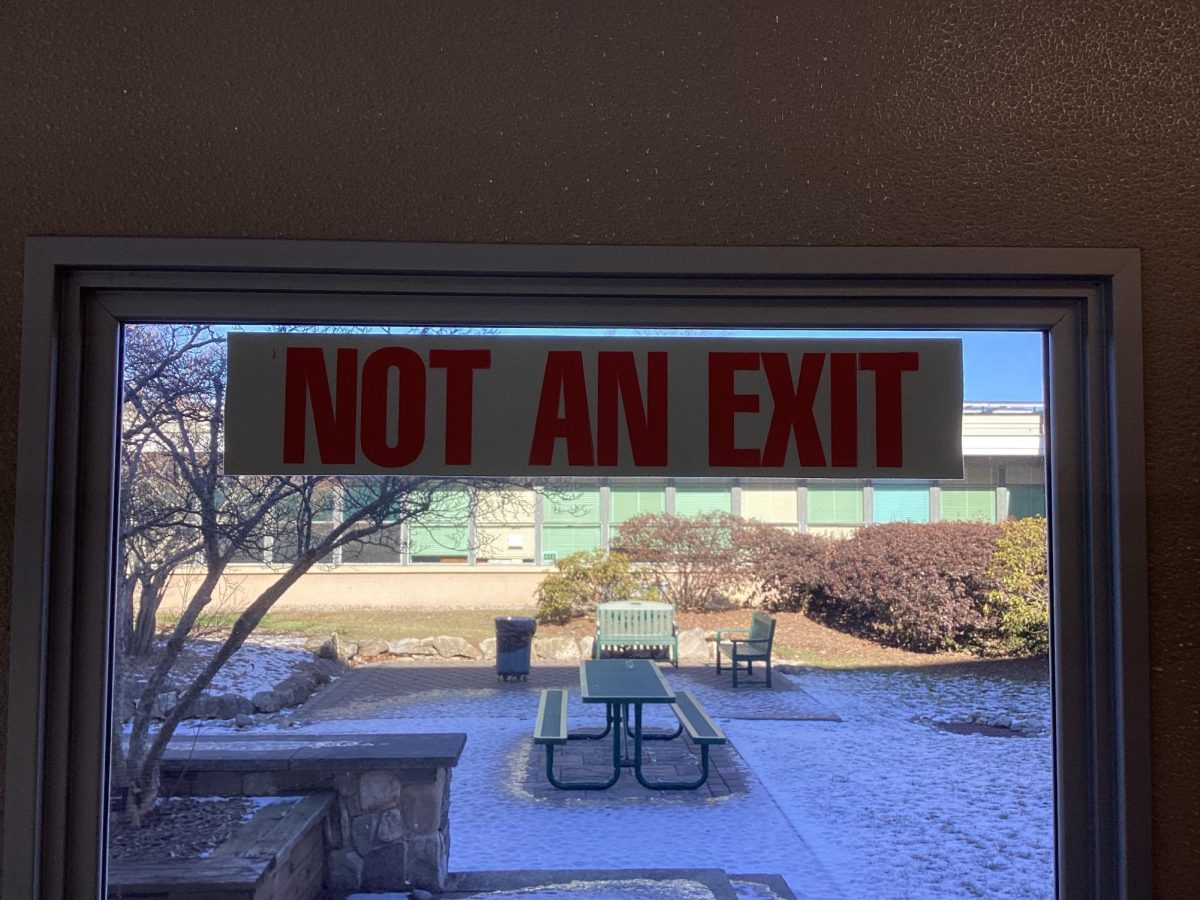Since the successful creation and testing of the first nuclear weapon on July 16, 1945, nuclear weapons have remained one of the greatest fears of citizens during wartime. Today, there are over 13,000 nuclear weapons worldwide, with the majority controlled by the United States and Russia. Given the increasing stockpiles of these weapons, it is easy to see how much of a threat they pose to public safety and how, if nothing is done, the proliferation of this weaponry will continue, and total nuclear war will become more feasible. Many options have been thrown out in order to slow and end the proliferation of nuclear weapons, such as placing restrictions on the ability to harvest and use plutonium and uranium, but the most feasible concept that has been suggested has been nuclear disarmament.
Due to the overall danger that nuclear weapons pose to the public, total eradication may be necessary. Nuclear disarmament is defined as the act of halting the production, proliferation, and testing of nuclear weaponry. This solution has been thrown around for many decades and was actually put forth in 1970 in the form of the Treaty on Non-Proliferation of Nuclear Weapons. According to an article by the International Atomic Energy Association, “With 191 States parties, it is the most widely adhered to treaty in the field of nuclear non-proliferation, peaceful uses of nuclear energy and nuclear disarmament. Under the NPT, non-nuclear-weapon States parties have committed themselves not to manufacture or otherwise acquire nuclear weapons or other nuclear explosive devices while nuclear-weapon States parties have committed not to in any way assist, encourage or induce any non-nuclear-weapon State party to manufacture or otherwise acquire nuclear weapons or other nuclear explosive devices.”
This treaty is meant to lead to the eventual full disarmament of the signatory countries, and while this may seem possible in theory, there are many risks involved that would make it impossible to achieve.
The main risk is that nuclear disarmament would rely solely on countries trusting one another. Nuclear disarmament cannot be possible without every country agreeing and physically giving up their means to produce nuclear weapons, as well as all stored nuclear weapons. If even one country keeps their weaponry, they will have more power over the other countries. This is also applicable when it comes to the fear of a country keeping their weapons, which may make another country keep theirs and it will become an ongoing cycle.
In order for nuclear disarmament to be in any way possible, according to an article by Brookings, “ conditions and caveats would have to accompany any such treaty regime—including clear rules for how major powers might consider rearming themselves with nukes in the event of a future violation, even after weapons have supposedly been abolished. What if a dangerous country is highly suspected of having an active nuclear-weapons program but verification cannot resolve the question?”
Extreme amounts of rules and laws would need to be created in order to control the possibility of countries disobeying the treaty, and this would take years of negotiation and compromise between countries that is impractical. Another main issue is that not all countries will sign this treaty due to a want to hold power during negotiations, and while many countries have signed the NPT, many have not made a large effort to bring down their nuclear arsenal and still have hundreds to thousands of weapons.
The final issue with nuclear disarmament is that the rapid eradication of nuclear weaponry could lead to more problems than nuclear weapons themselves. In an article by Bulletin of the Atomic Scientists, the author writes, “Nuclear abolition creates serious risk of returning to an era of great power conflict, which could drastically increase existential risk…Nuclear weapons place a cap on how bad great power conflict can become and may deter the emergence and escalation of great power war. If China, the United States, or Russia faced a genuine existential threat, the nuclear weapons would emerge, threatening nuclear retaliation.”
The deterioration of the power structure that has been created by nuclear weapons may lead the world into a war sooner than expected and could create many volatile issues that could end in mass destruction.
Overall, nuclear weaponry and proliferation will inevitably lead to many issues in the world due to the danger they pose and the amount that are still present in the world. While it is obvious that a solution must be found, the most likely solution of nuclear disarmament has many issues in itself and relies a lot on the trust and willingness of countries to discard their weapons. Nuclear disarmament is not a feasible solution because it would rely on trust, there would need to be laws created to control a possible dishonoring of treaties, and getting rid of all weapons may just lead countries back into a power struggle and a higher likelihood of another world war.

